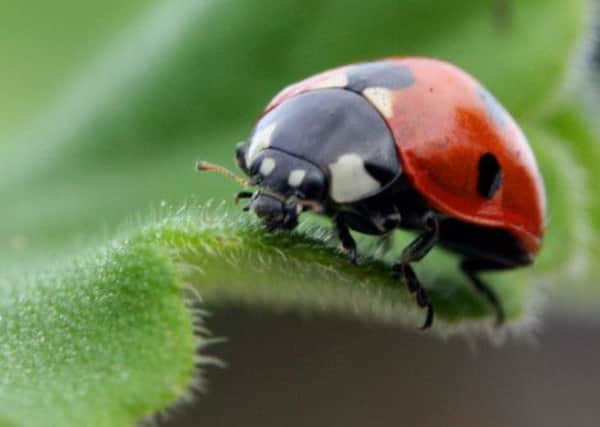Country & Coast: Are those signs of spring I spy?


There have been other pointers too, not least the daily soap opera now being played out in the garden involving a cast of around half a dozen hyperactive blackbirds and an equal number of hormonally keyed-up dunnocks as they jostle for position in their seasonal mating games.
Although recent weather has shown us that there is probably a lot more of winter yet to come, looking for the earliest glimmers of an awakening countryside at least provides walks with an extra fascinating dimension.
Advertisement
Hide AdAdvertisement
Hide AdFor example, on a circuit of the woodland at Timble Ings maintained by Yorkshire Water in the catchment of their Washburn Valley reservoirs, I found myself checking the chain of ponds there for signs of frogspawn.
Okay, realistically I would not expect to see any of those thick clumps of spotted jelly for another month or two, but as it happens there was some frogspawn found on the Lizard Peninsula in Cornwall by a National Trust ranger as far back as November 21st - so warm were the earliest weeks of winter.
It is possible that the spawn has not survived until now, however, since - using language which Match of the Day watchers will recognise - this winter has been a game of two halves, and the abnormally mild start has given away to more familiar December and January conditions.
What was heartening about my walk though, was the discovery of a few buds on silver birch trees, admittedly in sheltered positions but nonetheless an indication that things are beginning to stir into life once more.
Advertisement
Hide AdAdvertisement
Hide AdOn another walk, this time above Horton-in-Ribblesdale in the Yorkshire Dales National Park, it was clear that winter still very much holds sway in the more bleak parts of the Yorkshire Dales, although I would guess that a few good days in late January or early February will be enough to provide us with the first liquid cries of curlews and piping of oystercatchers as they return from their winter on Morecambe Bay or the Humber River.
Reports of the first signs of spring are being collected by the Woodland Trust. The conservation charity has a network of some 30,000 observers around the UK who are contributing to its Nature’s Calendar survey.
Already, believe it or not, some recorders in Yorkshire have reported one or two sightings of red admiral, peacock and tortoiseshell butterflies, while one observer in Liversedge, to the south west of Leeds, reported what may have been West Yorkshire’s first snowdrops of the year.
Kate Lewthwaite, project manager of Nature’s Calendar at the Trust, tells me: “Many spring sightings typically occur first in the south west of the UK and then make their way up the country, so any January sightings in Yorkshire would be especially unusual. But we need people to keep their eyes peeled and record new spring events on the Nature’s Calendar website, as every piece of information helps us to understand how nature is responding to climate change.”
To become a Nature’s Calendar recorder visit the Trust’s dedicated website at www.naturescalendar.org.uk